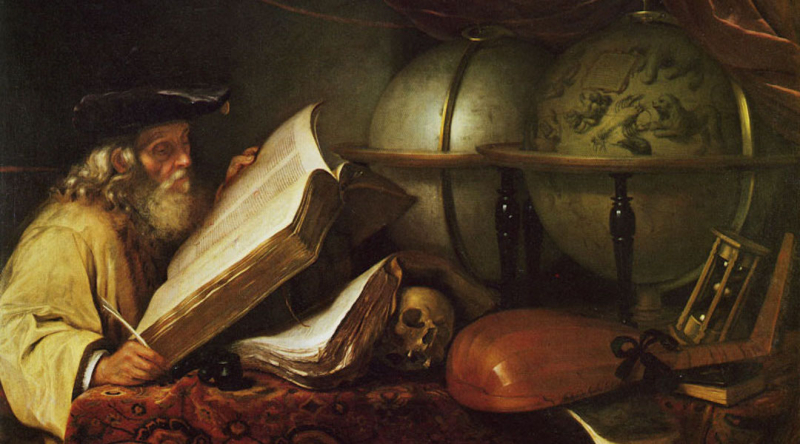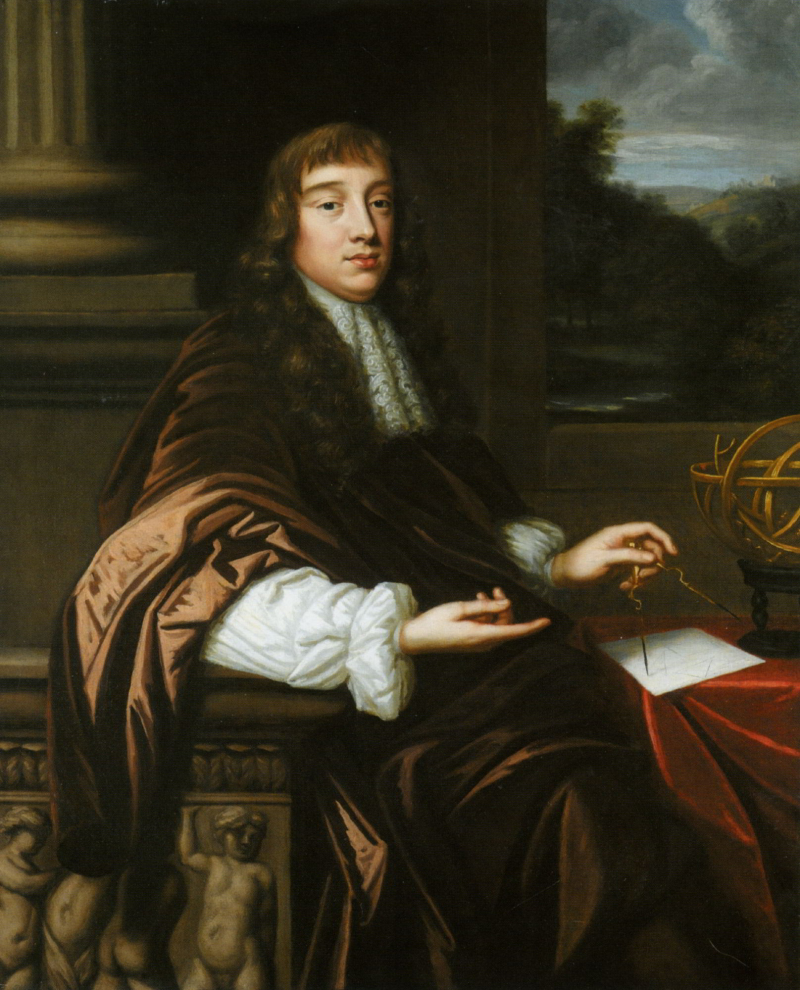The Scientific Revolution
The Scientific Revolution was a set of events that heralded the emergence of modern science during the early modern period, when advances in mathematics, physics, astronomy, biology (especially human anatomy), and chemistry altered society's perceptions of nature. The Scientific Revolution began in Europe near the close of the Renaissance period, with the 1543 publication De revolutionibus orbium coelestium (On the Revolutions of the Heavenly Spheres) by Nicolaus Copernicus often considered as its beginning.
The Scientific Renaissance period is thought to have concluded in 1687 with Isaac Newton's publication Principia, which outlined the laws of motion and universal gravity, completing the synthesis of a new cosmos. The concept of a scientific revolution first appeared in the 18th-century work of Jean Sylvain Bailly, who envisioned a two-stage process of sweeping away the old and creating the new. The Scientific Revolution started in the 1500s, but the Industrial Revolution didn't start until the 1700s. Because industrial progress is in big part technological advancement, and technology is in large part applied science, it appears that the Industrial Revolution followed the Scientific Revolution as an unavoidable result.
The first direct link, according to Crawford, is that, while the steam engine did not rely on Newton's laws of thermodynamics, it did rely on a qualitative understanding of the qualities of the vacuum and the nature of atmospheric pressure. The original steam engines functioned by producing a vacuum inside a piston and using atmospheric pressure to force the piston down (high-pressure steam would not do the pushing until much later). It would not have occurred to a pre-scientific tinkerer that this could happen. Scientists studied the qualities of the vacuum in the 16th and 17th centuries, and Denis Papin showed the use of a vacuum to drive a piston to the Royal Society in the late 1600s. The second direct link is that as part of the "Republic of Letters," the inventors of the time corresponded with scientists. Thomas Newcomen, the developer of the first steam engine, corresponded with the eminent physicist Robert Hooke in particular. They talked about the engine in particular, and Hooke urged Newcomen in 1703 to drive the piston only by vacuum.










